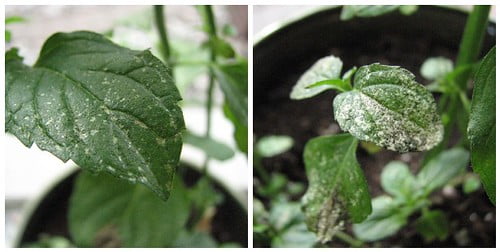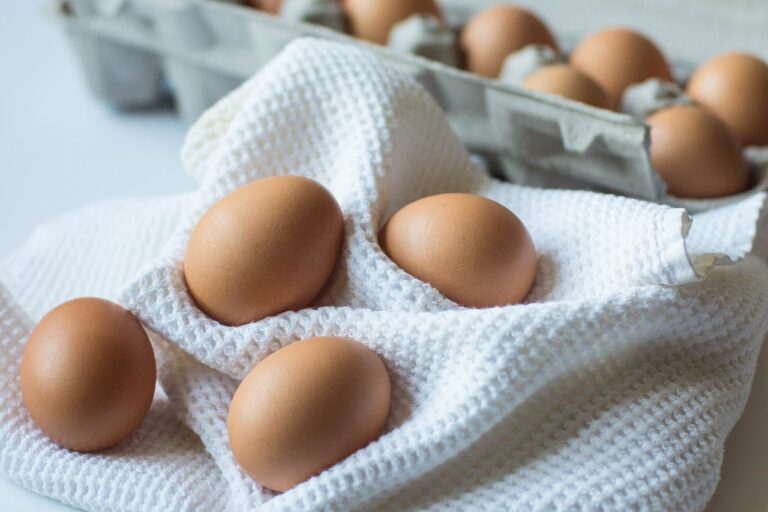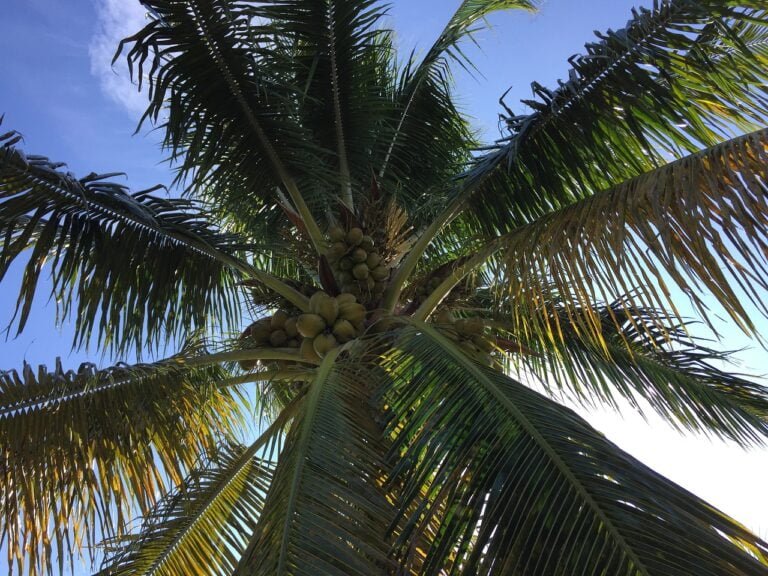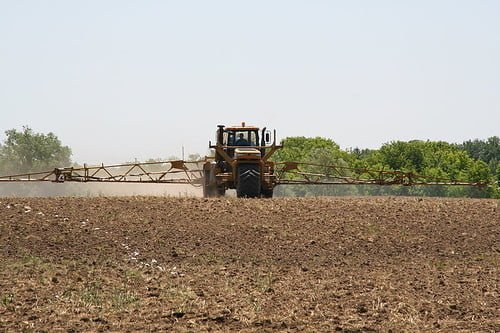Guide to Planting Carrots in Containers
When planting carrots in containers, select a variety that matches the container depth. I suggest Imperator, Danvers, Nantes, or Chantenay types. Use a pot at least 12 inches deep with proper drainage. Blend organic compost and potting soil for planting. Space seeds 1/2 inch apart and water thoroughly. Guarantee sunlight for 6-8 hours daily, and avoid extreme temperatures. Harvest ripe carrots gently and store them in a cool place. Follow these steps for successful container carrot gardening. More insights await for a thriving harvest.
Choosing the Right Carrot Variety
When selecting the appropriate carrot variety for container gardening, it’s important to consider the length of the roots each type typically produces. Carrot varieties vary in root length, and choosing the right one can have a major impact on your container gardening success. Imperator and Danvers carrots are known for their long roots, reaching 7-8 inches in length. While these varieties are tasty, their root length makes them less suitable for shallow containers. Nantes carrots, on the other hand, usually develop roots that are 6-7 inches long, making them a great choice for container gardening due to their manageable size.
Chantenay carrots provide a slightly shorter root length, ranging from 4-6 inches. These carrots are perfect for small spaces, as their roots do not need as much depth to grow successfully in containers. If you have limited space, Oxheart and Parisian carrot varieties might be the ideal option, as their roots typically only reach 2-3 inches in length. These shorter carrot varieties thrive in containers and are well-suited for compact gardens or balconies.
Understanding the root lengths of different carrot varieties is essential when determining which ones to grow in containers. By selecting a variety that matches the depth of your container, you can guarantee a plentiful harvest of fresh, home-grown carrots.
Selecting the Ideal Container
What key factors should you consider when selecting the ideal container for planting carrots? When selecting containers for growing carrots, several important aspects need to be taken into account to guarantee the success of your carrot crop. First and foremost, the depth of the container is vital. Opt for containers that are at least 12 inches deep to allow sufficient space for the carrots to develop long, straight roots. Moreover, containers must have adequate drainage holes to prevent waterlogging, which can result in root rot and other issues.
Container size is another essential factor to bear in mind. Choose a container that offers ample room for the carrots to grow without becoming overcrowded. The material of the container is also significant; lightweight materials make it simpler to move the containers around to optimize sunlight exposure and airflow for the plants. Portability is crucial, particularly if you need to relocate the containers indoors during harsh weather conditions.
Before planting your carrots, make sure that the containers are thoroughly sanitized and clean. This step assists in creating a healthy environment for your plants, reducing the risk of diseases and pests. By carefully considering the container size, depth, material, drainage, portability, and cleanliness, you can set the stage for a successful carrot-growing adventure in containers.
Soil Preparation and Filling Containers
I always begin by preparing the soil mix for my carrot containers, combining 1/3 organic compost with 2/3 potting soil for a vital-rich blend. It’s essential to fill the containers evenly, ensuring the soil line sits 1 inch below the rim to prevent any overflow. Good drainage is key, so I opt for quality potting soil that is well-aerated to set the stage for healthy carrot growth.
Choose Right Soil
For essential growth when planting carrots in containers, a blend of 1/3 organic compost and 2/3 potting soil is recommended. This combination provides the necessary nutrients for healthy carrot development. When preparing the soil, make sure it is well-drained to prevent waterlogging, which could hinder the growth of your carrots. Maintaining the planting depth is vital; the soil line should be 1 inch below the top of the container to allow the carrots enough room to grow. Quality potting soil is vital for best growth, ensuring your carrots have the best environment to thrive. By carefully selecting the right soil mixture and preparing it properly, you set the stage for successful carrot cultivation in containers.
Fill Containers Evenly
To guarantee optimal growth for your carrots in containers, the next step after selecting the appropriate soil mixture is to evenly fill the containers with the prepared soil mixture for healthy root development. A well-drained soil mix, consisting of 1/3 organic compost and 2/3 potting soil, is vital for promoting healthy growth. Make sure the soil line sits 1 inch below the container’s rim to prevent waterlogging and allow ample space for proper root development. When filling the container, distribute the soil evenly to create a uniform environment for your carrot seeds to thrive. This step sets the foundation for successful carrot cultivation, providing the necessary nutrients and support for robust plant growth.
Ensure Proper Drainage
Ensuring proper drainage when preparing the soil and filling containers is crucial for successful carrot container gardening, as it helps prevent root rot and promotes healthy root development. To achieve ideal drainage in container gardening, follow these steps:
- Select the Right Potting Mix: Use a well-draining potting mix with perlite or sand to improve soil drainage.
- Provide Drainage Openings: Make sure containers have drainage holes to allow excess water to escape.
- Water Regularly: Avoid overwatering to prevent the soil from becoming waterlogged.
- Promote Root Health: Good drainage helps prevent diseases and encourages healthy root development in container-grown carrots.
Planting Carrot Seeds Correctly
When planting carrot seeds in containers, it is essential to make sure they are sown at a depth of 1/4 to 1/2 inch for optimal growth and development. Proper depth is critical as planting too shallow can lead to drying out, while planting too deep may hinder germination. Additionally, spacing is key to allow each carrot enough room to grow. Typically, seeds should be spaced every 1/2 inch to avoid overcrowding and competition for nutrients.
After planting the seeds, it is crucial to water the container thoroughly. This not only provides necessary moisture for germination but also helps settle the soil around the seeds, ensuring good seed-to-soil contact. Once the seedlings reach about 2 inches in height, thin them out to prevent overcrowding. This step is essential for proper root development and healthy carrot growth.
Consider succession planting to have a continuous harvest throughout the growing season. This involves planting new seeds every few weeks to stagger the maturity of the carrots. When choosing a container for planting, make sure it is of adequate size and has proper drainage to prevent waterlogging, which can lead to rotting roots. Following these steps will set the stage for successful carrot cultivation in containers.
Caring for Carrot Seedlings
Providing consistent moisture is crucial for the healthy development of carrot seedlings, making sure they do not dry out. Here are some key steps to care for your carrot seedlings effectively:
- Watering: Water your carrot seedlings regularly to maintain consistent moisture levels. Avoid overwatering, as this can result in rotting of the seedlings. Check the soil moisture regularly by feeling the top layer with your fingers; it should be damp but not waterlogged.
- Sunlight: Place your containers in a sunny location where the seedlings can receive adequate sunlight. Carrot seedlings require sunlight for healthy growth and development. Ensure they get at least 6-8 hours of sunlight per day.
- Thinning Out: Thin out the seedlings when they reach about 2 inches in height to prevent overcrowding. This allows the remaining seedlings enough space to grow and promotes proper root development. Gently remove the weaker seedlings, leaving only the strongest ones in the container.
- Temperature Protection: Protect your carrot seedlings from extreme temperatures. Sudden temperature changes can stress the seedlings and affect their growth. Consider moving the containers to a sheltered area during hot afternoons or cold nights to prevent stress and ensure healthy growth.
Harvesting and Storing Carrots
When harvesting carrots grown in containers, it’s essential to wait until they reach the ideal size of 3/4 to 1 inch in diameter to guarantee the best flavor. To harvest, gently twist or pull out the mature carrots from the containers. After harvesting, store the carrots in a cool, dark place or in the refrigerator to maintain their freshness for several weeks.
Proper Harvesting Techniques
To guarantee excellent taste and quality, harvest your carrots when they reach a diameter of 3/4 to 1 inch. Here are some proper harvesting techniques to make sure your carrots are harvested effectively:
- Loosen the Soil: Gently loosen the soil around the carrot before pulling it out to prevent breakage.
- Pull Carefully: When harvesting, grasp the carrot near the base and pull slowly to avoid damaging the roots.
- Handle with Care: Avoid dropping or roughly handling the carrots post-harvest to maintain their quality.
- Store Correctly: After harvesting, store the carrots in a cool, dark place with high humidity to preserve their freshness and flavor.
Effective Storage Methods
For best freshness and flavor, it is crucial to implement effective storage methods when harvesting and storing carrots. After harvesting in the early morning, brush off excess soil and trim the tops to 1/2 inch. For short-term storage, refrigerate carrots in the crisper drawer for 4-6 weeks. Guarantee ideal storage conditions with high humidity and temperatures between 32-40°F. To extend storage, consider using sand, sawdust, or peat moss in a cool, dark place. These materials help maintain high humidity levels and keep the carrots fresh for an extended period. By following these storage methods, you can enjoy your homegrown carrots well beyond the harvesting season, preserving their quality and flavor.






